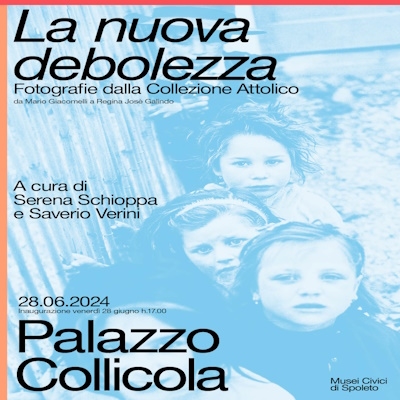HISTORY
The foundation of Gualdum Captaneorum, castle set in the foothills of the Martani Mountains, dates back to 975 when Count Edoardo Cattaneo, vassal of the Holy Roman Emperor Otto II of Saxony, received it as his fief and built the fortress. The town was certainly of Longobard origins as can be seen from the name: Gualdo derives from "Wald" (forest, wood), and Cattaneo from "Captaneorum" (captains, lords in the service of their king). It was frequently the object of bitter fighting and was governed alternatively by Foligno and Spoleto. In 1198 if became a fief of the Duchy of Spoleto, and when the duchy came to an end the town was retaken by Foligno who held dominion over it until 1439 when it was annexed by the Papal States and governed by them, except for the brief Napoleonic period, until the Unification of Italy (1860).
ART AND CULTURE
On the main square of the town stands the mighty Rocca, a fortalice based on a triangular plan with three equal sides and three towers connected to each other and to the castle walls by underground passages. Of interest is the church of Sant'Agostino, from 1136 with frescoes by the Foligno School; the church of Saints Antonio and Antonino (1260), with a Romanesque crypt and a tempera panel by the Umbrian-Sienese School; and the church of Sant'Andrea that retains from the original Romanesque structure the crypt and some sculptures on the facade that were part of the rose window, after it was completely restructured in 1804. In the vicinity are interesting itineraries through a series of castles and other medieval constructions that made an effective scheme of defence for the district: most were built in the early Middle Ages (13th – 14th century) and now constitute an extraordinary open-air museum. The most distinctive fortified archetype is the Castello di Barattano. Noteworthy is the fortified hamlet of San Terenziano, where there are several churches of interest: the lower church with Romanesque crypt; the upper church (13th century); the church of Sant'Apollinare (13-14th century) and the church of the Madonna delle Grazie (15th century). The hamlet of Grutti has underground caverns and the Romanesque church of Santa Maria di Agello; while Marcellano has the church of the Madonna del Ponte; Saragano the Castello Longobardo; and Pomonte the Baronial palace and the ruins of the small castle called Castellaccio.



























